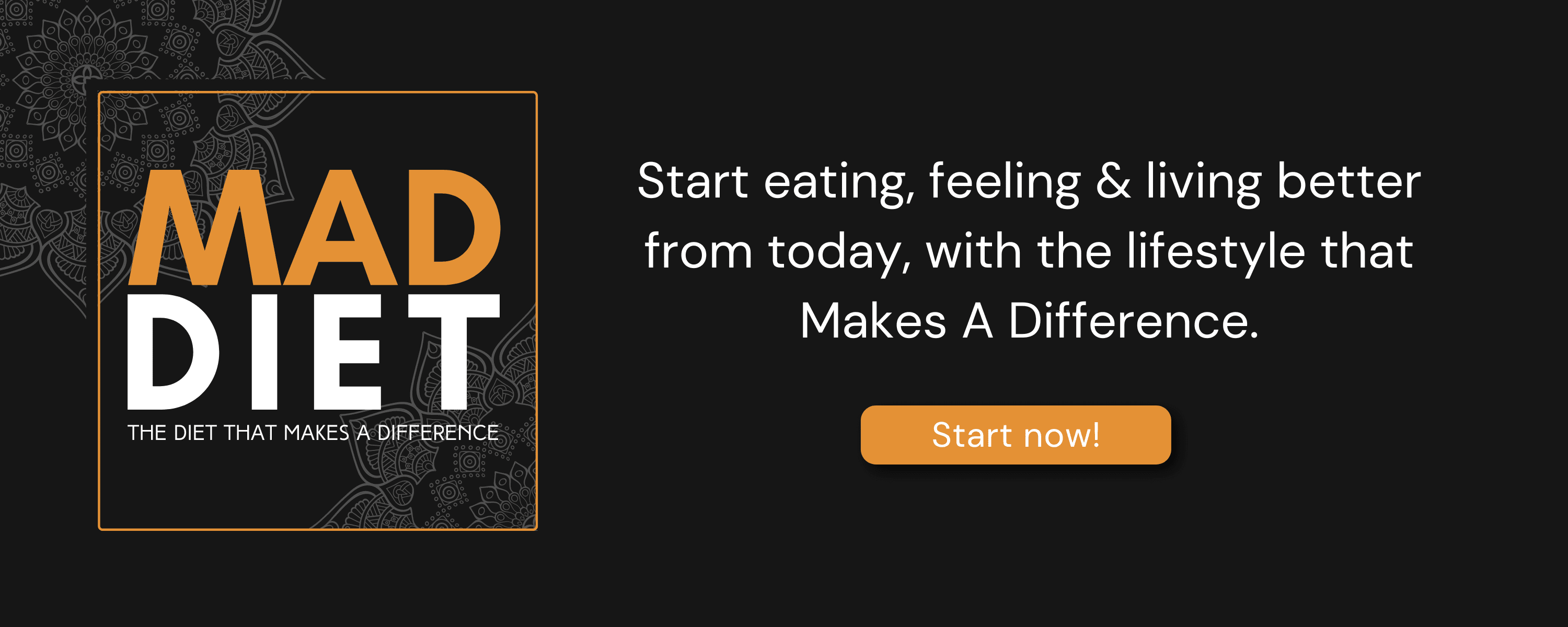5 Best Cameras for Beginner Photographers

Image courtesy Flickr
So you’ve decided your iPhone no longer cuts it and you want to get a real camera. You’re in for an exciting journey. Upgrading to and SLR / DSLR camera will allow you to take much higher quality photos, while giving you more control over the process like a true photographer.
But which camera should you buy?
When you reach a certain level of quality it is often the lens that matters more than the camera itself. SLR and DSLR are both single lens, allowing you change the lenses as you wish. The core difference between them is that SLR uses traditional film and DSLR is digital.
Purists may prefer SLR because of the whole development process, but DSLR is more practical in terms of getting your shots on to the computer for further editing. It is the most common type of single lens camera today.
In terms of quality of the shots, there’s not necessarily a better option. It comes down to personal choice.
As a beginner you probably don’t want to break your bank account, but if you’re serious you’re still going to want something that does the job and has most of the technical features the pros use. With that in mind you’re looking at $400 to $500 price range if purchasing the camera brand new.
Best DSLR camera for beginners comparison chart:
Here are our top 5 beginner single lens cameras we think will help you take your photography hobby to the next level.
5. Canon EOS 1200D ($399)

A cheaper alternative to Canon’s 100D is the 1200D. While the specs don’t quite stand up to some of the newer cameras on the market, it’s the definition of a solid entry level DSLR. It has an 18MP sensor, 3fps continuous shooting speed, RAW and JPEG file formats, and you can load up a beginners guide through its smartphone app to help you get the hang of things. It also shoots 1080p HD video.
4. Nikon D3200 ($450)

The older cousin of the D3300 is the D3200, which at around $100 cheaper is a better option for those on a budget. It lacks the retracting lens and anti-alias-free sensor, but at 24mp, 5fps speed, and 1080P video, it’s still a formidable beginner’s camera.
3. Pentax K-50 ($450)

The Pentax K-50’s main selling point is its weatherproof design, however it is also perfect for beginners and comes with great specs.
It has brilliant 6fps continuous shooting, a 100% field of view viewfinder, and Pentax’s patented Shake Reduction system. It’s pre-set filters, such as high contrast, allow beginners to see what the possibilities are before attempting advanced shots manually.
Pentax also continue their innovation of High Dynamic Range (HDR). It’s true RAW format means you’ll never have issues in photo editing programs either.
2. Canon EOS 100D/Canon EOS Rebel SL1 ($499)

This Canon model holds your hand in the beginning until you’re more accustomed to how such cameras operate. This is accomplished with its Creative Auto mode that simplifies instructions for the layman and has several pre-set modes of shooting. Once you get the idea, you can then do everything manually.
The 100D has both physical buttons and touchscreen technology, which is great for bridging the gap for those used to using smartphone cameras.
What might also appeal to rookie photographers is that this is one of the smallest cameras of its kind on the market.
It’s shooting speed is 4fps, and has 18 megapixels.
1. Nikon D3300 ($500)

Our number one choice is Nikon’s D3300. This DSLR camera is particularly beneficial to beginners because it has a special step by step guide mode that will walk you through the various settings and how they apply them to certain types of shot.
But just because it’s aimed at beginners doesn’t negate its quality. With a whopping 24.2 megapixel count, EXPEED 4 processing engine, and a filterless sensor – you’re going to be taking some extremely detailed shots.
It also has a 5fps continuous shooting speed, 1080 HD video support, and its 18 to 55mm lens retracts to make it easy to carry around.
When you outgrow the automatic exposure settings, all of the required advanced options are there, allowing you to grow with experience.











